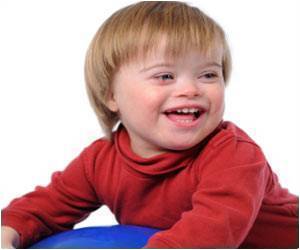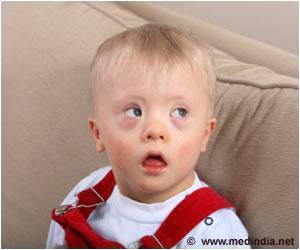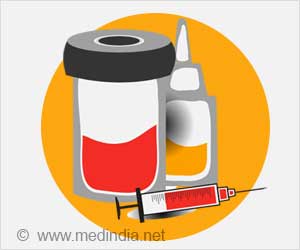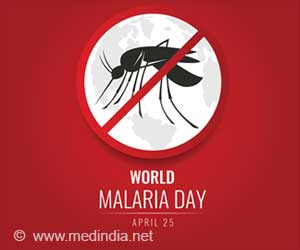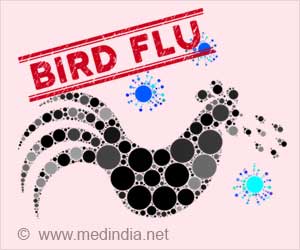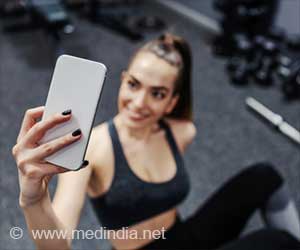Highlights:
- World Down Syndrome Day is observed on the 21st March annually to raise awareness about this fairly common genetic condition and to support persons with Down syndrome lead normal lives
- Down syndrome is a genetic condition where affected persons have an extra copy i.e. 3 copies of chromosome 21 instead of the normal 2 copies
- People with Down syndrome have some characteristic physical features and have increased the incidence of heart defects and blood cancer but can lead productive lives with support and encouragement
Read More..
History of World Down Syndrome Day – Why 21st March
WDSD was first observed in many countries worldwide in 2006 and the WDSD website was launched and maintained by the Down Syndrome Association Singapore from 2006-10 on behalf of Down Syndrome International (DSi), for its various activities to be posted and recorded.In December 2011, the UN general assembly officially recognized WDSD and announced its annual observance on the 21st March and called upon all countries and its member organizations as well as NGOs to raise awareness about Down syndrome and support the cause of Down syndrome awareness campaign.
The date 21st March was chosen to signify the genetic defect in Down syndrome, where the 21st pair of chromosomes (out of normal 23 pairs) has an extra third copy (or trisomy 21) instead of the usual two copies, and therefore 21/03 or 21st March was chosen as WDSD.
How We Can Raise Awareness About Down Syndrome
As responsible and dutiful human beings, we must do our bit to raise awareness about Down syndrome and support persons with this condition.- The colors of Down syndrome are blue and yellow and these colors can be used to share and post messages and stories about the condition
- Use social media such as Twitter and Facebook to share messages and posters about Down syndrome
- Make a personal contribution or collect money to donate to the Down syndrome awareness campaign
- Raise funds by selling T-shirts, mugs, pins, bracelets and artifacts in blue and yellow themed colors made by persons with Down syndrome and donate the money for Down syndrome research
- Distribute information leaflets about Down syndrome to educate the public about how these people can be useful to the community and not to discriminate against them
- Print media should carry informative articles and visual media should organize doctors and experts to discuss and dispel myths about the condition
- Organize events including persons with Down syndrome to participate and showcase their talent and abilities and to dispel wrong notions about them
- Clinics and hospitals can display educational posters about Down syndrome and the role of genetic counseling to expectant parents
- Organizations and institutions can be inclusive and give jobs to persons with Down syndrome and support their independence
Some Characteristic Physical Features of Down Syndrome
Persons with Down syndrome have characteristic physical traits. Some of the common features include the following:- Flat face
- Small head
- Short stature
- Large protruding tongue
- Upward slanting eyelids
- Small unusual shape of ears
- Poor muscle tone with floppy muscles
- Excessive flexibility
- Broad, short hands and a single crease in the palm
- Relatively short fingers
- Excessive flexibility
- Tiny white spots on the colored part (iris) of the eye called Brushfield's spots
Down Syndrome – Facts & Figures
- Incidence of Down syndrome varies between 1 in 100 and 1 in 1000 births worldwide
- The number of babies born with Down syndrome rose by 30% during 1979-2003
- The risk of having a baby with Down syndrome increases with maternal age over 35 years or already having a child with Down syndrome
- It can occur in anyone irrespective of race or social class
- Most persons with Down syndrome have a normal life expectancy and live to their sixties
- Although they have mild to moderate intellectual impairment, with proper guidance and encouragement they can lead independent productive lives
- Prenatal screening tests are available that can detect Down syndrome by 10-20 weeks although they can miss the diagnosis sometimes. The decision to undergo a prenatal screening or diagnostic test is a personal one, and expectant parents should do what they feel is best for them
References:
- About WDSD - (https://www.worlddownsyndromeday2.org/about-wdsd)
- Understanding a Diagnosis of Down Syndrome - (https://www.ndss.org/resources/understanding-a-diagnosis-of-down-syndrome/)
- About Down Syndrome - (http://www.extra21.org.uk/facts-and-figures-faqs/)
Source-Medindia



